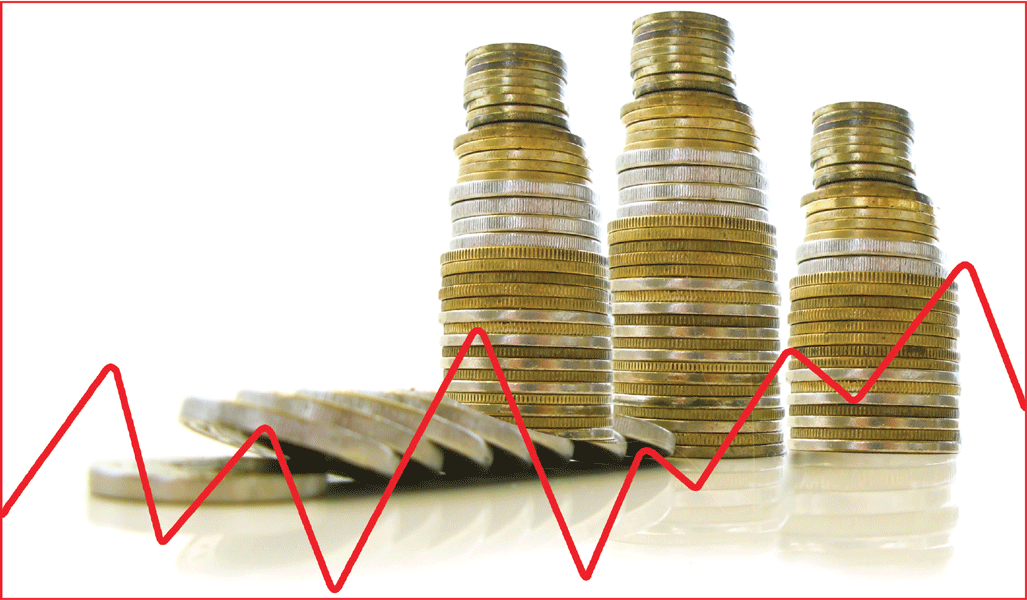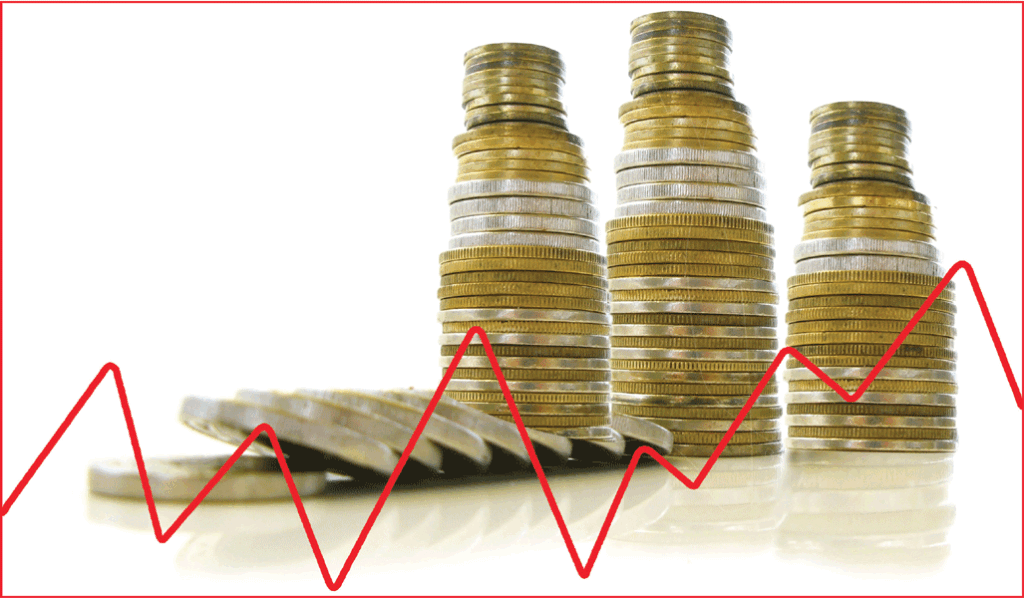
Few countries in the world indulge in as much futile debates as India does. For example, for more than a year now, economists have been wrangling about how well, or badly, the Indian economy is doing. The government’s chief statistician says it has been doing very well indeed and growing at well over 7 per cent. No, say dozens of economists, including from the Finance ministry and the RBI, it doesn’t ‘feel’ like that and there is something ‘wrong’ somewhere.

So what’s going on? Is the Indian economy doing well or not? Is it really growing at 7.3 per cent or is it growing only at about 5 per cent?
There are two ways of answering this question. One is to ignore it because it doesn’t affect your life. Most sensible citizens all over the world do just this when economists and econometricians start arguing about growth rates. It is not a bad approach to adopt.
The other method is to treat it as an intellectual puzzle worth solving. This involves a little bit of mental pain because you have to deal with some very complex ideas inherent in the “measurement of the level of the rate of growth,” an obsession that started after 1945.
In physics, a rate of increase in speed is called acceleration and it is easy to measure because the mathematics for it exists in the form of differential calculus. But in economics it is very hard indeed because, basically, you are trying to do something that cannot be done accurately. As the more sensible economists point out, it is all an estimate, not something precise like, say, acceleration. So why quibble over what is, at the end of the day, just guesswork?
As usual, the problem lies with definitions. In economics GDP (gross domestic product) can be measured in two ways — at factor cost or market prices. At factors cost, it excludes taxes; at market prices taxes are included. If you think this is complex, try this: GDP at market prices excludes subsidies, which means it is net government revenue that you are concerned with. The more rapidly this revenue grows, the faster will GDP grow. This is what has happened after 2011 when the government started raising the indirect tax rates back to the pre-2009 level. The new method — GDP at market prices — has merely captured that increase.
But wait, that’s not all. GDP growth rates also measure the changes in value addition in production of manufacturing and services. Value addition is the difference between the cost of inputs and the price of the output. If you spent Rs 100 on inputs and sold the output at Rs 120, value addition is Rs 20. If the next year, you spent only Rs 95 and sold at the same price, the growth rate will go up.
And here lies a paradox: if global prices start rising, say of oil, India’s GDP growth rate will come down! It is high now because global prices of all commodities are low.
If this isn’t sufficiently confusing, here’s another puzzle: can an economy that produces no goods or services but is nevertheless taxed by the government, grow? The answer is yes, it can. Consider this simple example. Suppose you go into a restaurant to eat but before entering you have to pay an entry tax levied by the government. However, you find that the restaurant has run out of food which means no output has been produced and you come out having spent nothing. Yet, the government has collected Rs 100. Now if it raises the tax to Rs 110 the next year and the same thing happened — no food, no bill — the economy would have grown at 10 per cent without producing anything at all!
By now it must be clear that it is not worth bothering too much about precise growth rates such as 7.3 per cent or 6.9 per cent. These are merely indicative numbers. We should bother more about how much more, or less, we are earning this year over the previous one. The rest is best left to the idle but argumentative minds of economists who’re trying to score points over one another.






